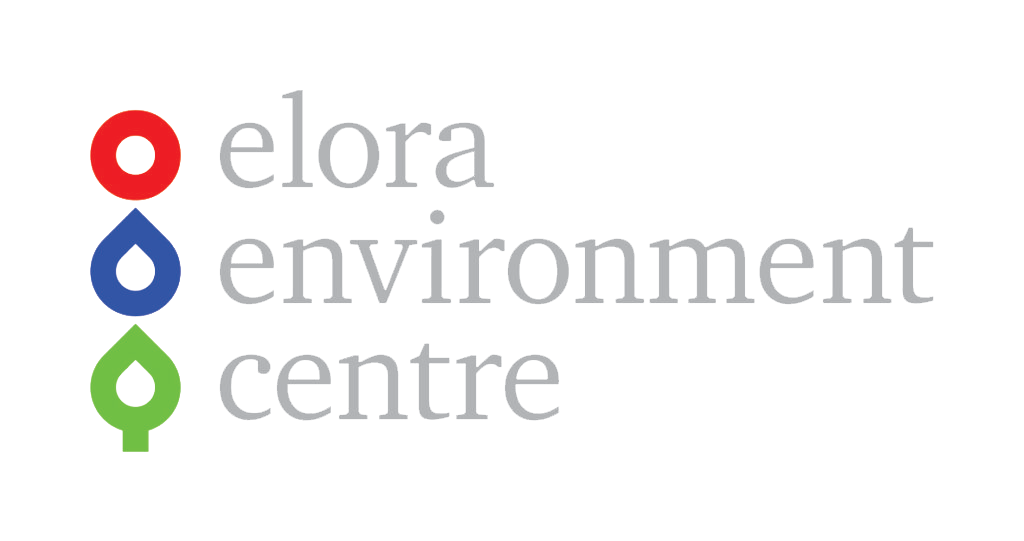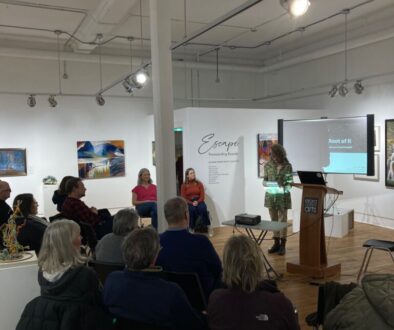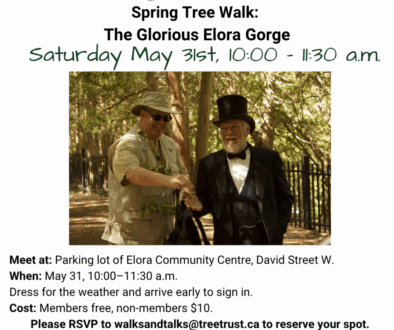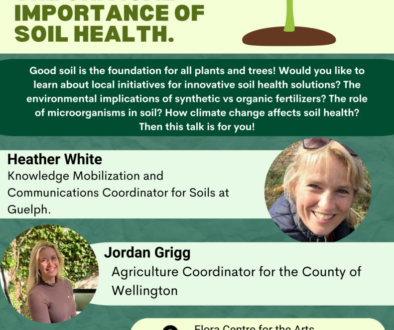Tree Talks are back!
Ignatius Old Growth Forest Project
We’re so excited to announce that our tri-annual Tree Talks are back!
Date:
Wednesday, Nov 10th, 2021
Time:
7:30 p.m. to 9:00 p.m.
Where:
Elora Centre for the Arts, 75 Melville St, Elora
Cost: Free for members, $10.00 non-members
Speaker: MARTIN TAMLYN, Ignatius Old Growth Forest Project Manager
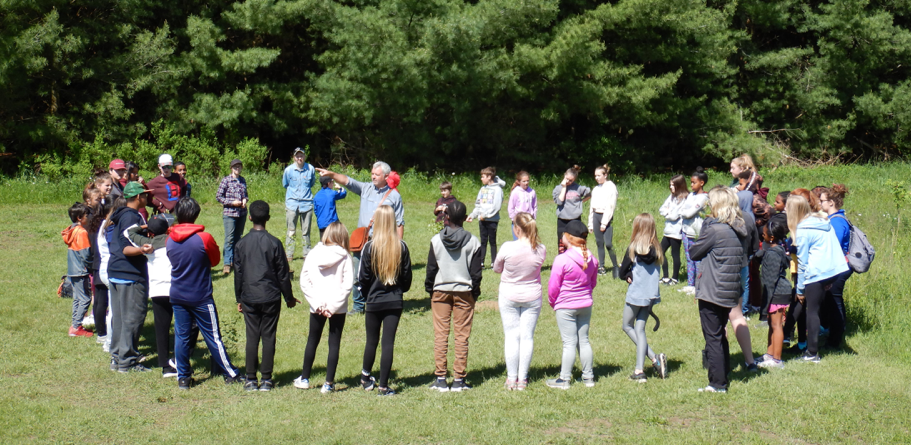
The Ignatius Centre’s Old Growth Forest, at the northern edge of Guelph, is a 93-acre nature sanctuary of trails,
forests, meadows, wetlands and waterways. It is protected by a Conservation Easement with the Ontario Farmland Trust. The Project’s goal is to restore and protect these diverse ecological communities and to assist the regeneration of retired farmland, from old-field meadow to old-growth forest. Through ecological restoration, we can restore
our own connection to the natural world.
About the speaker: Martin Tamlyn trained as an elementary school teacher in the UK before moving to Canada in 2000. He has spent the last 20 years developing and facilitating environmental education initiatives that promote land care, nature connection and sustainable community development. He currently manages the Old Growth Forest Project where he facilitates community-led ecological restoration programs for 500 participants annually.
